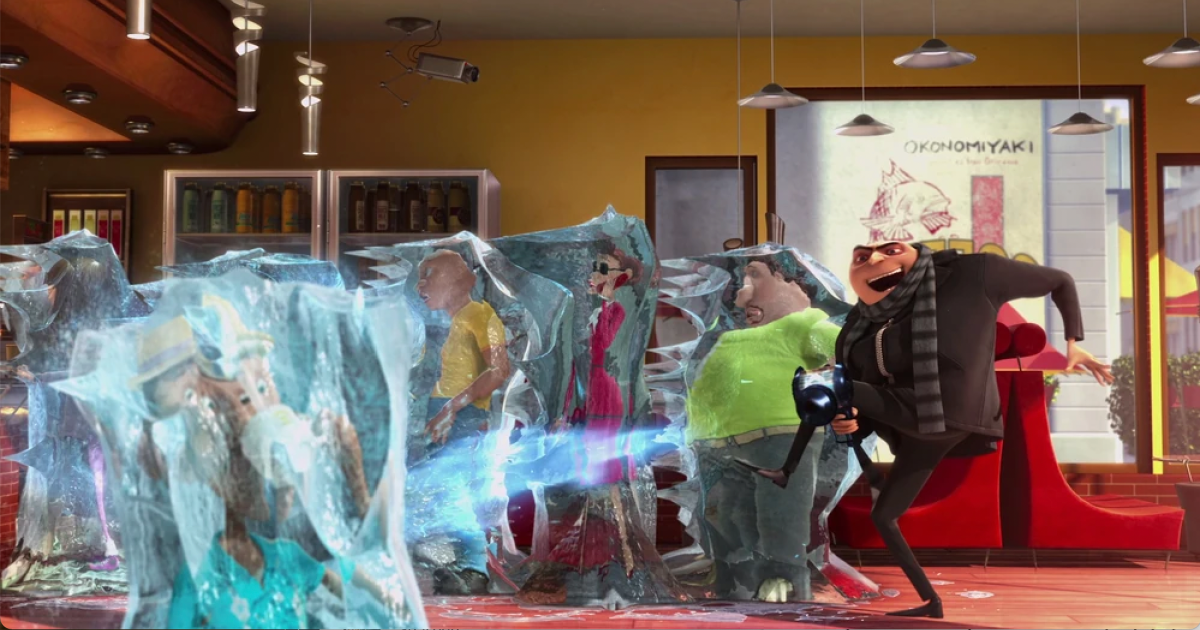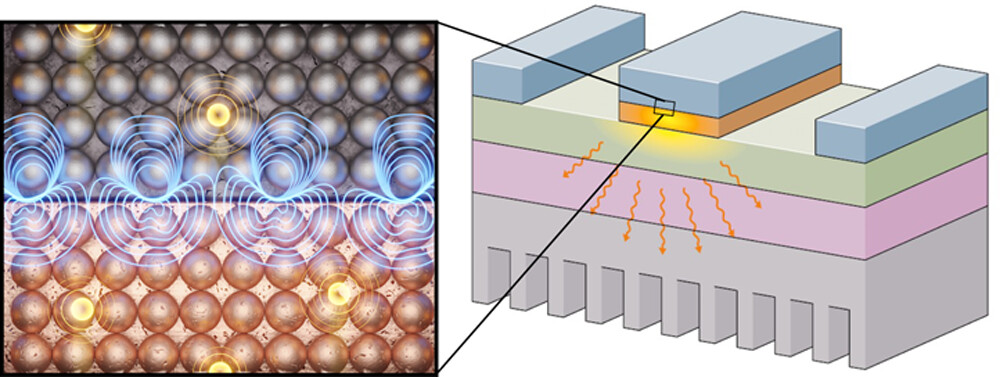
Science fiction stories have led us to believe a lot of really cool tech is “just around the corner” for way too many years, with nothing but a lot of waiting and disappointment to show for it.
This time around the Air Force are the ones bouncing with excitement, so maybe the follow through will actually happen.
“Plasma” is a bunch of free electrons – the “fourth state of matter” – and is what scientists have pinned their hopes on as far as the fusion reactors of the future.
In the here and now, though, researchers at the University of Virginia are using plasma to create a real life freeze ray.

UVA professor Patrick Hopkins released a statement on their research.
“You’re in space, which is a vacuum, or you’re in the upper atmosphere, where there’s very little air that can cool. So what happens is your electronics keep getting hotter and hotter and hotter. And you can’t bring a payload of coolant onboard because that’s going to increase the weight, and you lose efficiency?”‘
It seems like the Air Force thinks there’s something to this line of thought, because they’ve invested $750,000 worth of funding into the use of plasma as a solution to cooling issues.
We think of plasma heating things up, normally, so you’re probably curious as to how it can manage to cool things down.
Right now, electronics use cold plates to move heat away from sensitive systems. Hopkins and others believe that, as technology becomes more advanced, this will no longer be sufficient.
And oddly, before plasma heats a surface up, it actually initially cools it down.
“What I specialize in is doing really, really fast and really, really small measurements of temperature. So when we turned on the plasma we could measure temperature immediately where the plasma hit, then we could see how the surface changed. We saw the surface cool first, then it would heat up.”
To figure out why, Hopkins and his team used a technique called “time resolved optical thermometry.” With it, they measured the light reflectance based on the temperature on a surface, and discovered that blasting a thin layer of carbon and water molecules on the plate’s surface is what caused the initial thermal drop.
“There was no information for us to pull from because no prior literature has been able to measure the temperature change with the precision that we have. The plasma rips off the absorbed species, energy is released, and that’s what cools.”
They’re working on figuring out other gasses and materials that might be able to prolong the effect in the future, but for now, they (and presumably the Air Force), think they could use plasma to “zap” and cool hot spots.
So, maybe not a freeze ray the way you were thinking, but…still a freeze ray.
Maybe the future they promised us back in the 80s will get here after all.